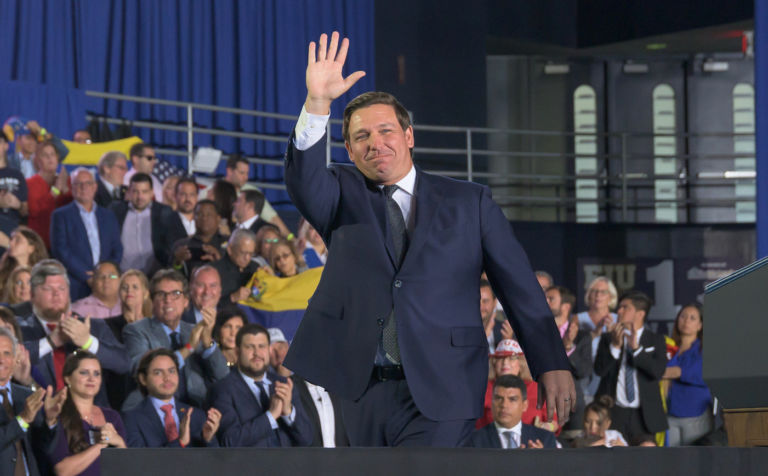Peter Jacobsen and Brad Polumbo write at National Review Online about a growing web of “temporary” government programs tied to COVID-19.
Nobel Prize–winning economist Milton Friedman famously quipped that “nothing is so permanent as a temporary government program.” If only he’d lived to see this pandemic prove his words so prescient.
When COVID-19 first reached our shores in early 2020, Americans acquiesced to sweeping expansions of government power in order to corral the virus and protect those at-risk — all with assurances that such measures were “temporary.” Unfortunately, they have proven to be anything but.
In the latest high-profile example, government mask mandates are making a comeback across the country — even for the fully vaccinated. And one only needs to look at the ongoing labor shortages across the country to remember that the supposedly “temporary” super-generous unemployment benefits first passed in March 2020 are still with us in dozens of states — albeit in somewhat reduced form.
Meanwhile, the Centers for Disease Control in early August renewed its sweeping and constitutionally suspect “eviction moratorium” prohibiting the eviction of nonpaying tenants in most circumstances. What started as a short-term measure meant to keep renters in their homes during the “15 days to slow the spread” campaign was expanded, renewed, and renewed again. It has only now come to an end after being struck down by the Supreme Court.
Similarly, the Biden administration has yet again extended the pause on federal student-loan payments, this time through January 31, 2022. What was initially a short-term respite has turned into a year-plus vacation from student-loan payments regardless of one’s need or financial situation. And now, some progressive lawmakers such as Representative Jamaal Bowman (D., N.Y.) want to expand pause into an outright cancellation of student debt.
That these programs continue to linger — and, indeed, slide toward permanence — is unfortunate yet unsurprising.


